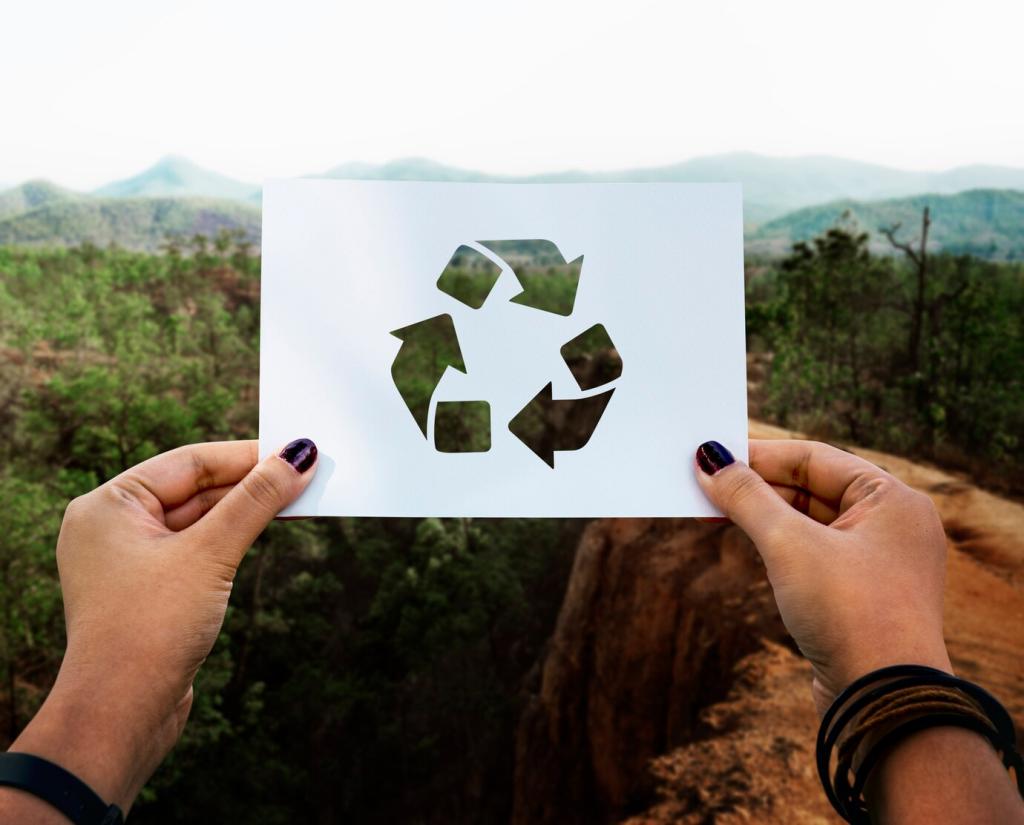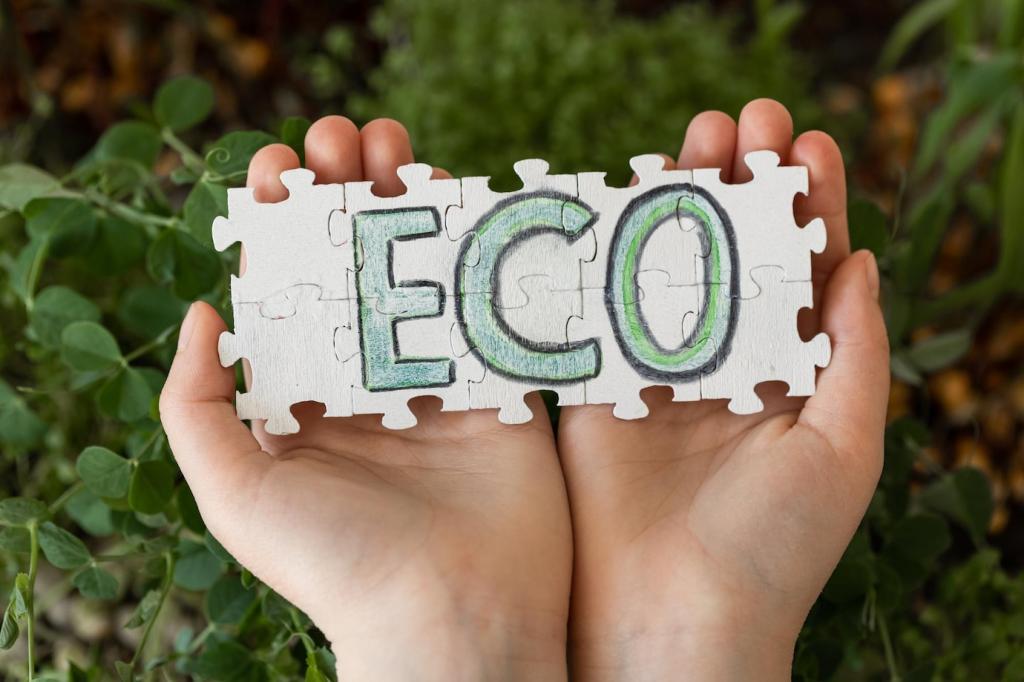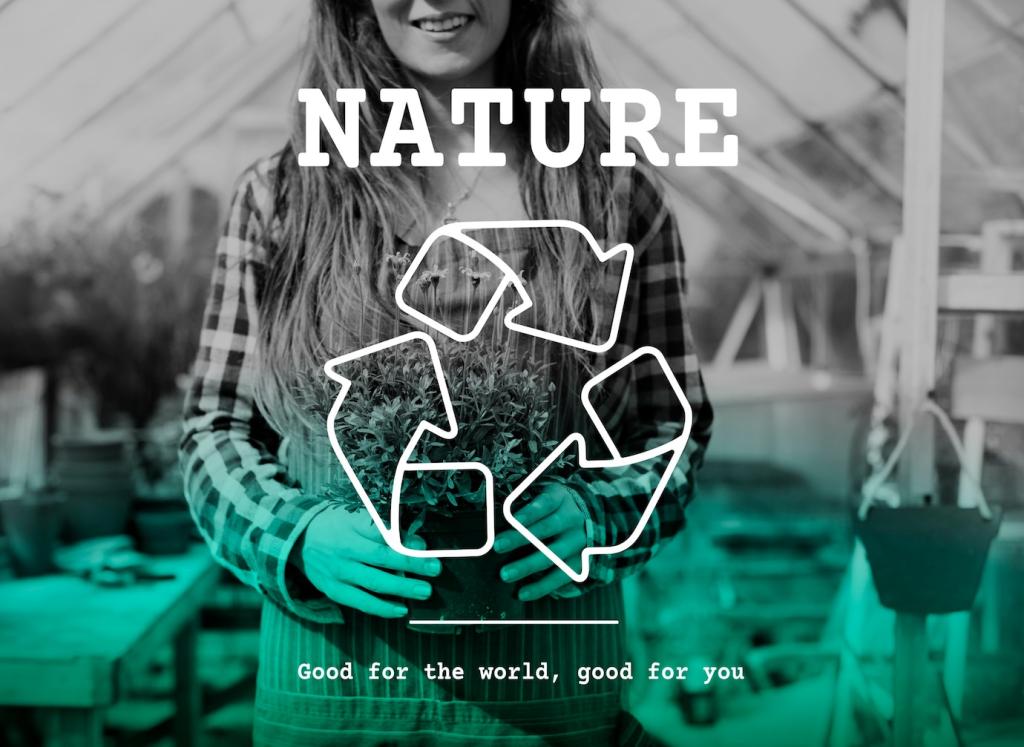Ethical Materials and Low-Impact Tools
Look for boards from broken, non-restorable pieces to harvest grain and patina that blend naturally. Reuse old fasteners when safe. Post your region and species needs, and we will suggest ethical sources and matching tips for color and medullary ray character.
Ethical Materials and Low-Impact Tools
Card scrapers and sharp planes remove defects quietly and precisely, minimizing dust. When sanding is necessary, use HEPA extraction and low-VOC abrasives. Share your tool kit, and we will help tune edges and choose grits that preserve crisp historical lines.



